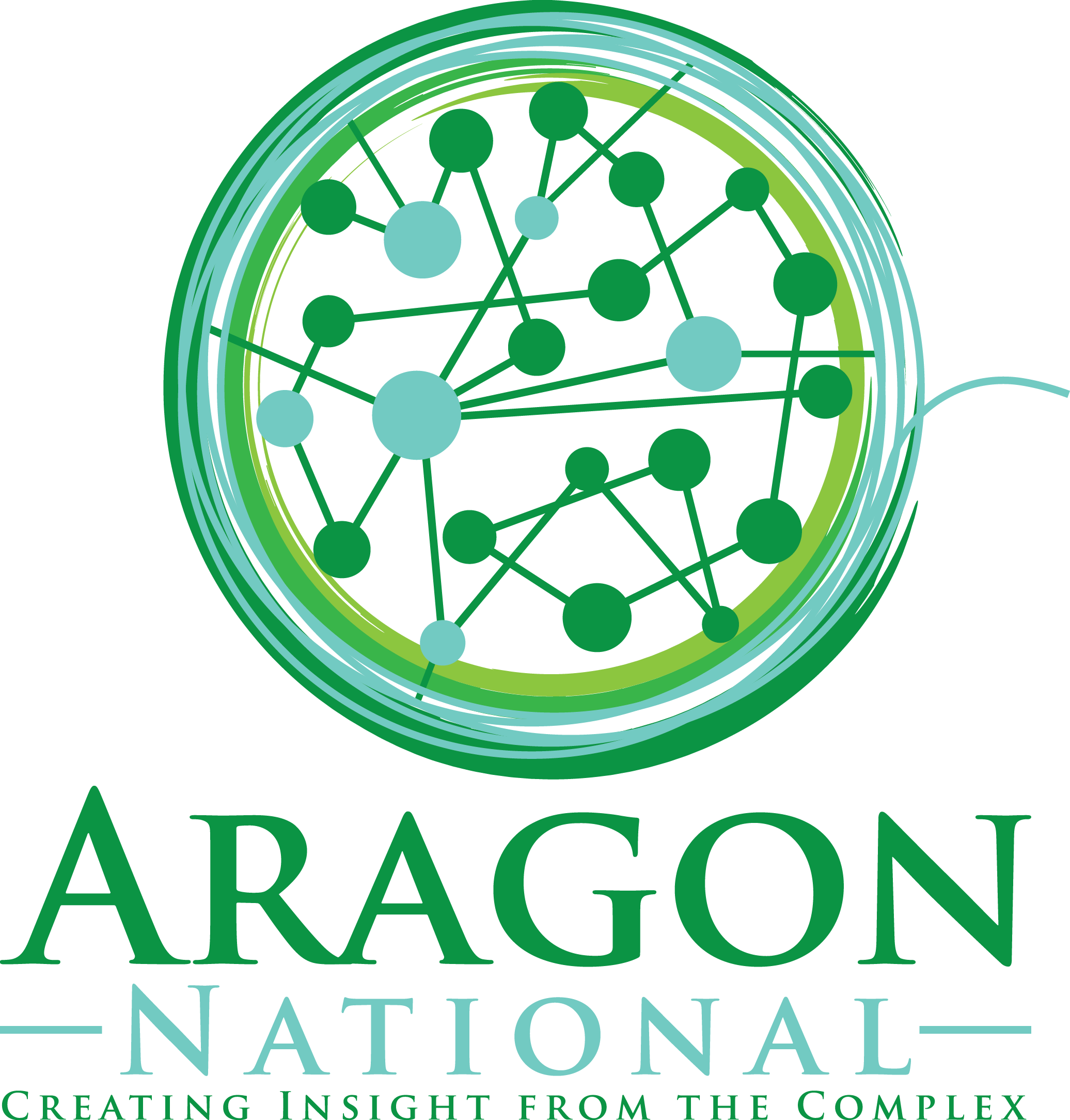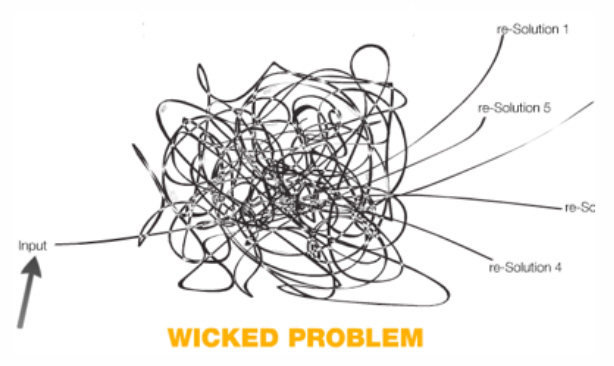A different way to look at problems, challenges, events, and situations…
Seeking the multi-perspective, shared-understanding, and insight to foster richer understanding and only then, the solution.
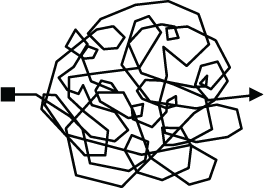
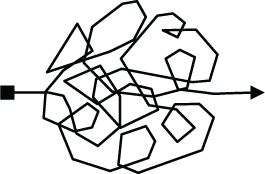
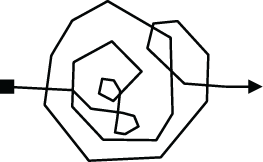
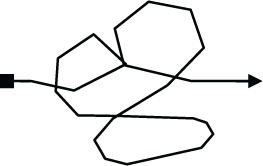

We live in a complex world…
We deal with internal and external challenges, changing expectations, constantly changing goals, shifting resources, and actors and decision-makers outside of our control. In short, we deal with complex and wicked problems that are volatile, uncertain, complex, and ambiguous. Our past way of thinking will not solve nor understand these types of problems.
We need a new way to look at complexity.
We have the knowledge and ability to both understand and succeed with complexity. Cutting-edge research, such as the DSRP framework by Cabrera for systems or the Cynefin framework by Cognitive Edge and Snowden, show us ways to navigate complexity and collaborative frameworks. Perhaps most importantly, they give us ways to understand diverse perspectives involved in complex problems and frameworks and bring them into future solutions.
Policing is complexity within complexity, and police use of force is arguably one of the most complex things to understand.
Every day, we see on the news the outcomes of when police use lethal force. Communities are torn apart, police agencies are degraded, trust is lost, and lives are shattered. But the tragedy, the loss of life, is, in fact, the outcome of a complex system that includes training, policy, cultural norms (both internal and external), and cognitive biases in underpinnings. HL Mencken best stated that “for every complex problem there is a simple solution, and it is almost always wrong.” To understand and address what is needed to evolve policing the United States, we must adopt a systems approach, understand complexity, and shift to a continuous system improvement mindset rather than seeking simple solutions and where to fix blame.
Humanitarian assistance and
disaster relief (HA/DR) have long known complexity.
Societies and cultures are the definitions of complex systems. We understand them by their interconnections and their models, such as PMESII (political, military, economic, social, information systems, and infrastructure) and others. The world economic forum uses systems diagramming to understand better and inform the interrelationship of systems and their influence. Projects, such as the village resiliency project (VRP) are beginnings that balance complexity and understanding against a range of solutions.
